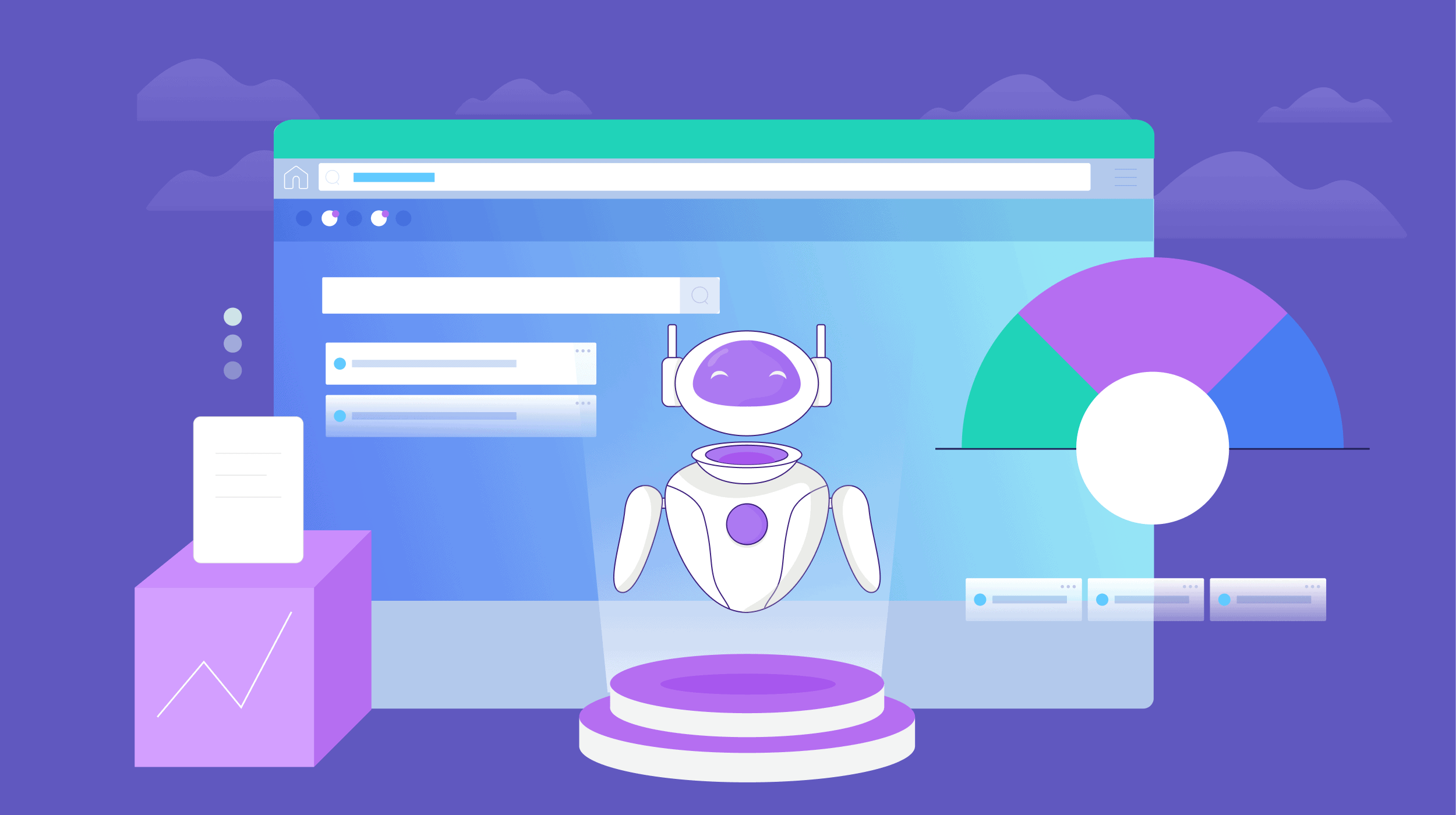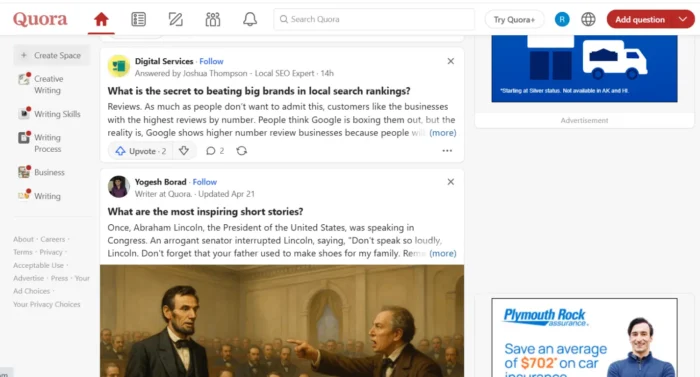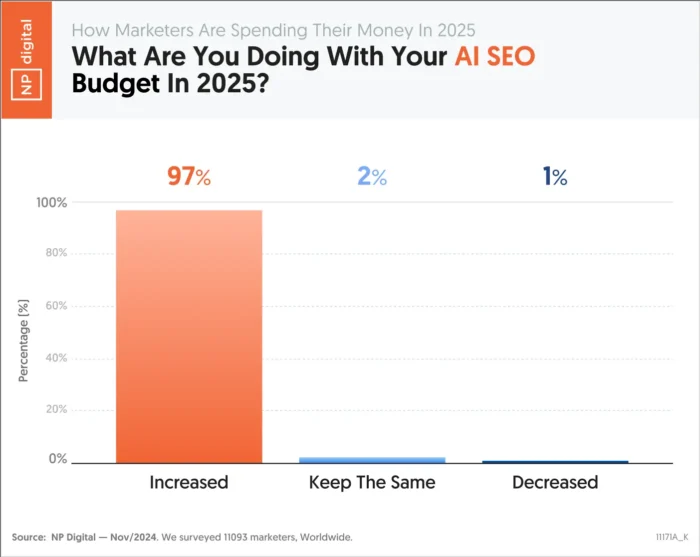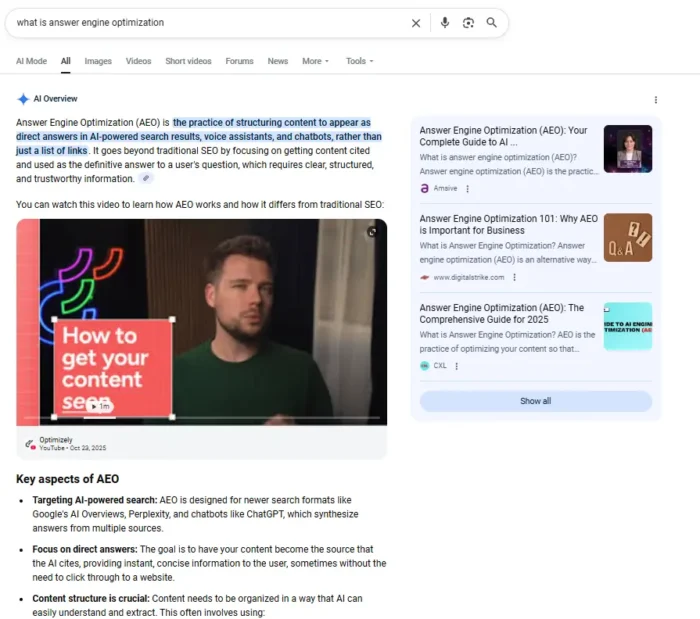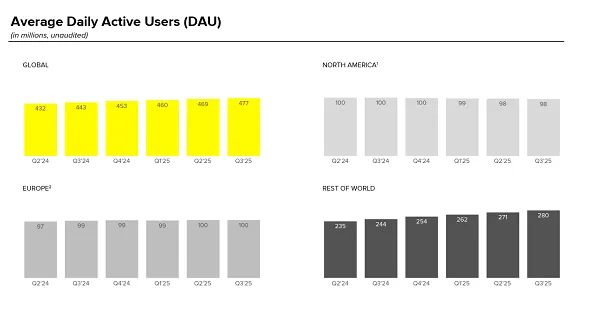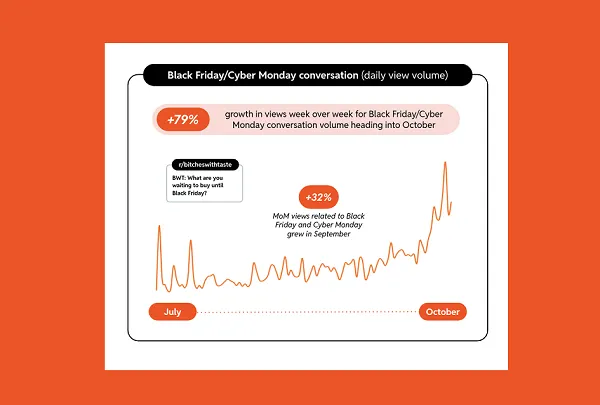New Report on Digital Media News Consumption Highlights the Rise of Influencers as News Providers
Online personalities are increasingly being cited as a news source.
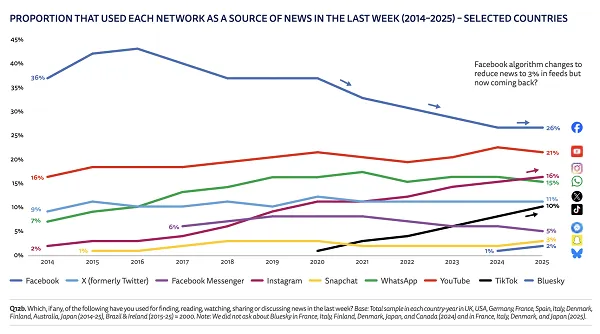
Social platforms have overtaken TV as the key news source for Americans, while influencers are also now playing a bigger part in the broader dissemination of news and information.
That’s according to the latest Reuters Institute “Digital News Report,” which incorporates responses from 100,000 people across 48 countries, providing perspective on their digital content consumption habits.
You can download the full 171-page (!) report here, but in this post, we’ll take a look at some of the key points.
First off, as noted, social media has now become the top news source overall for adults in the U.S.
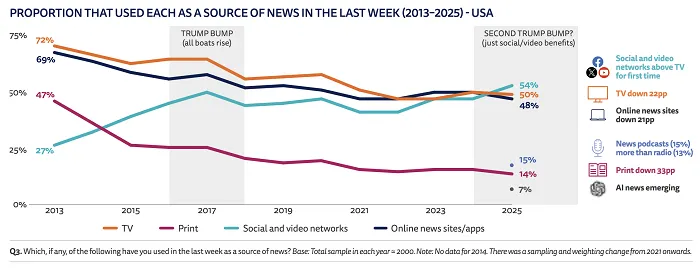
As per the report:
“The proportion accessing news via social media and video networks in the United States (54%) is sharply up, overtaking both TV news (50%) and news websites/apps (48%) for the first time.”
So if you were wondering why divisive, angst-inducing, fear-mongering content continues to dominate news cycles, this is probably why.
Social platform algorithms incentivize argument and angst, because they view those interactions as engagement, and engagement leads to more reach, more discussion, more audience, etc. As such, social platforms, and digital media more broadly, effectively incentivize divisive, polarizing takes, bringing attention to those who are willing to say whatever they want, whether it's accurate or not.
That’s a large contributor to the current state of political discourse, and it’s no surprise, based on this, why Elon Musk was keen to buy Twitter, as a means to manage the narratives around himself and his business interests.
Though it is also interesting to note the specific platforms that people are using for news engagement:

Use of X has only increased slightly, while the use of Instagram and TikTok for news has jumped up of late. Though Facebook and YouTube remain the top news sources for most people, especially those in older brackets.
But that may well change over time:

Younger audiences are far more likely to rely on social media platforms for news updates, and when you also look at the way they use the apps that are most popular in these audience segments:
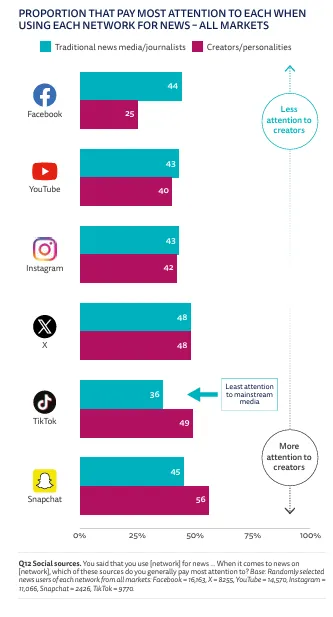
It also points to influencers having more sway over the opinions of younger audiences.
That’ll likely change the dynamic more and more as these audiences grow up, and become more reliant on the voices that they trust, over “mainstream” media. Again, personalities are the key factor, those who connect with their audiences, and deliver the information that they want to hear, and the opinions that they align with. Which will likely increase the impact of confirmation bias in future, as more people look to their favorite streamers to guide their thinking, as opposed to traditional media outlets.
Is that a better outcome?
Well, it depends on your perspective. Many people are now increasingly skeptical of the media, and the information they get from news sources, a sense that’s been emboldened by events like COVID, and the mixed messaging around how to best manage and mitigate its impacts.
Combine that with the fact that younger users are now growing up with these influencers as their peer guides, and you can see how this next cohort of digital media voices will be shaping elections in the years to come.
MrBeast for President? That’s is absolutely a possibility, as these creators continue to gain more influence and power in their own right.
The report also looks at the rise of video content specifically, and how people are looking to engage with news content online:

Which is true of the web more broadly, that more people are looking to video as a key source of engagement and entertainment.
Because they can. Video is now so readily available, and accessible via mobile apps, that of course people are more willing to watch a clip, as opposed to reading.
Will that have impacts for learning down the line, in regards to in-depth understanding of complex topics? There is something to be said for reading, and slowing down your brain to consider the facts being presented. But we’re also adapting to an increasing array of inputs, all of the time, which could counter some of the loss of absorption that we get from reading and writing.
Maybe.
The increased reliance on video also underlines the potential risks of generative AI, in regards to generated video, that’s becoming more and more realistic. These will seemingly lead to more convincing video hoaxes, though that hasn’t become a major issue as yet.
But overall, it does seem like we’re headed towards a less informed, more rapid consumption approach to news and information, which will also be more susceptible to misinformation and disruption, through various means.
Can traditional media outlets regain trust, and become more significant news and information sources once again, or has the ship sailed, and we’re now reliant on Joe Rogan to keep people informed?
The stats here point to the latter.
You can download the full “Reuters Institute Digital News Report 2025” here.

 BigThink
BigThink 







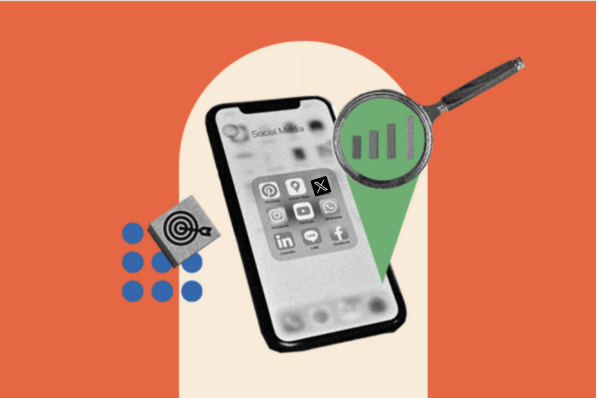




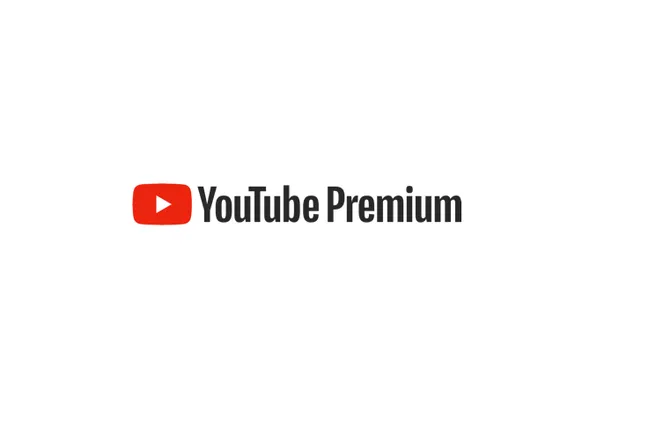
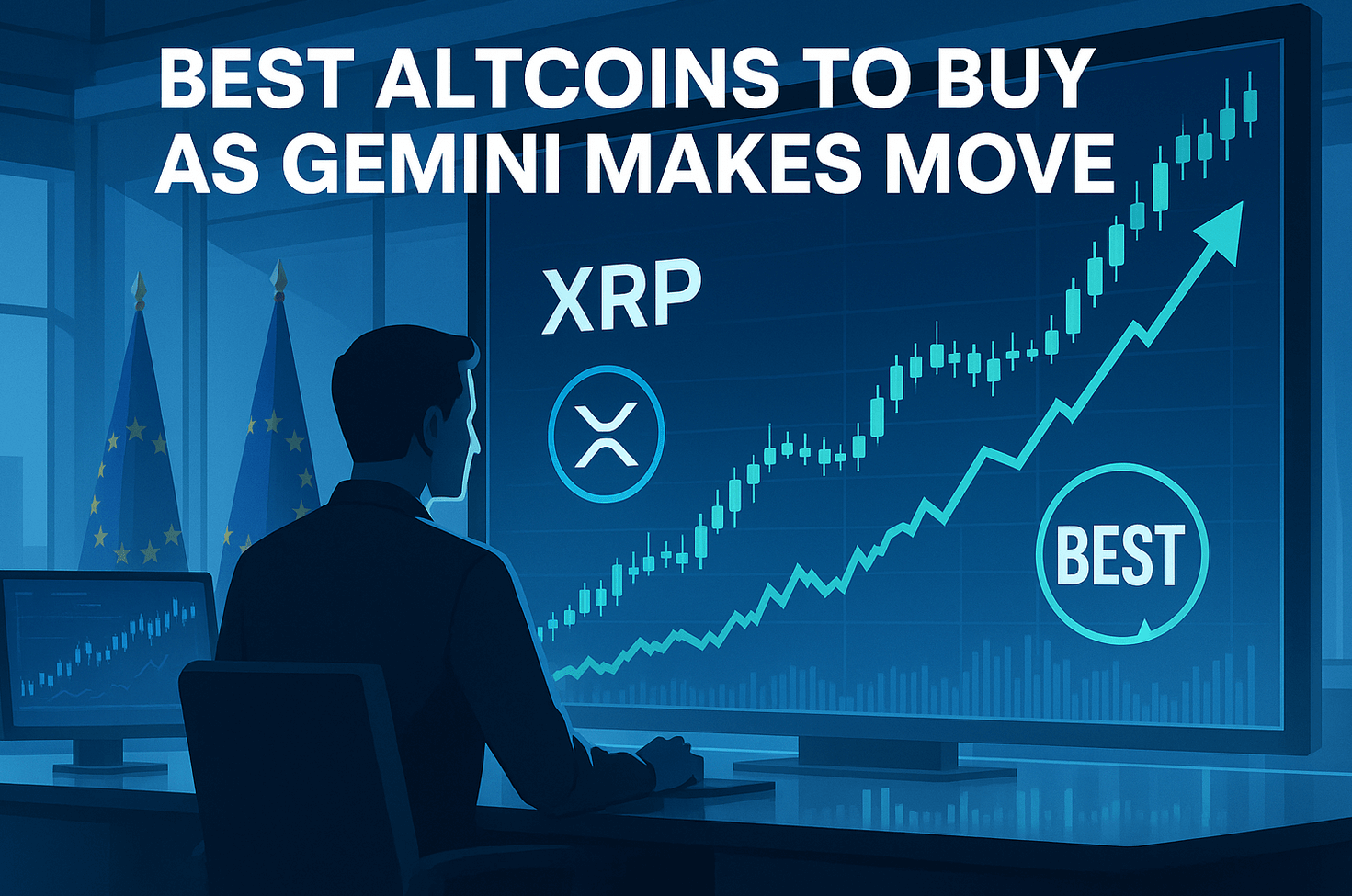



.jpg&h=630&w=1200&q=100&v=6e07dc5773&c=1)
